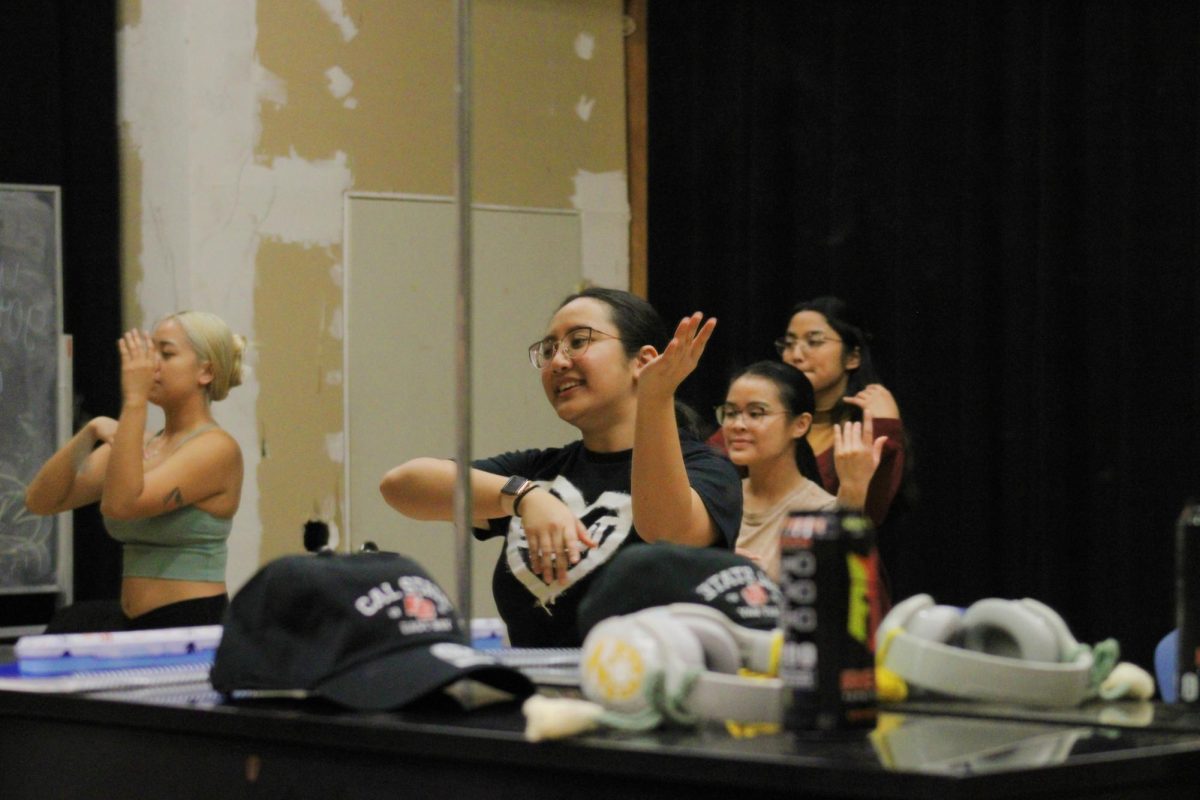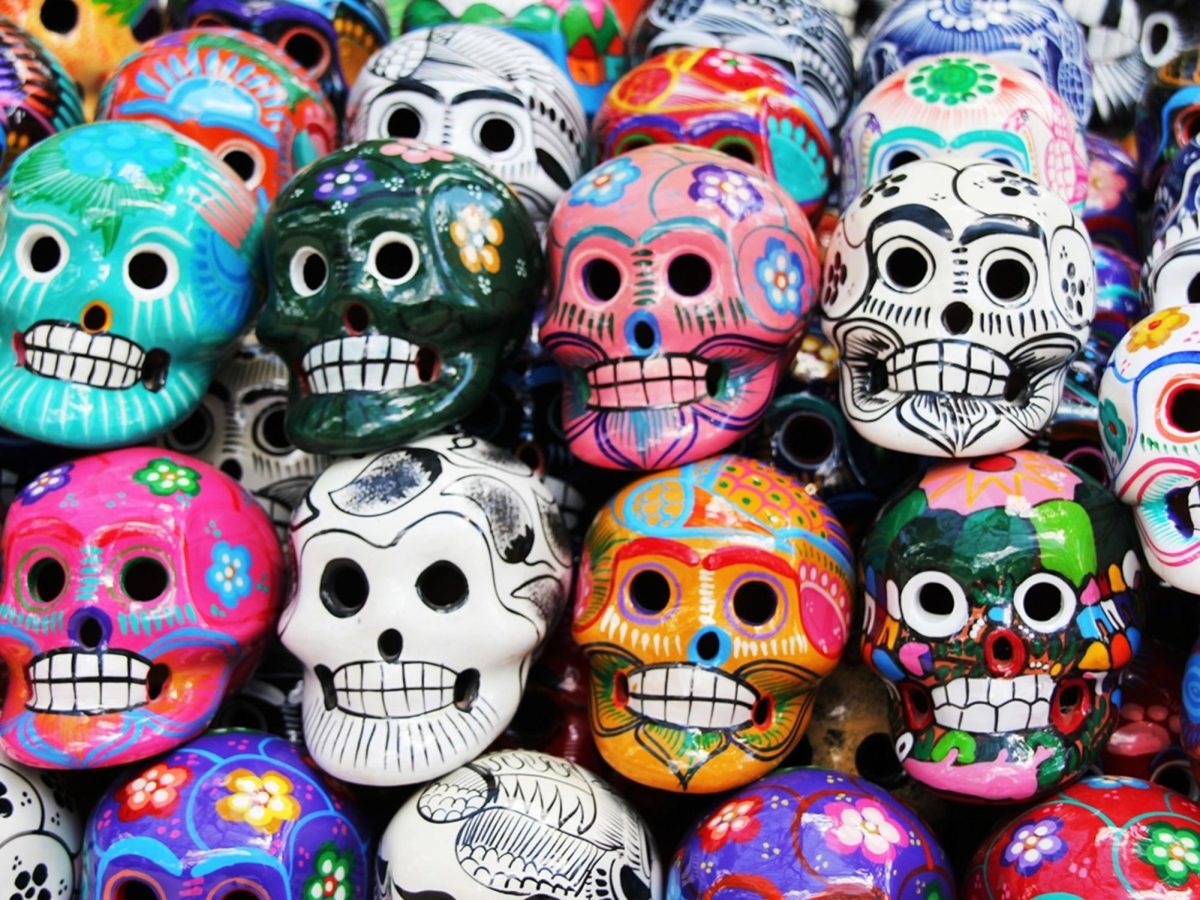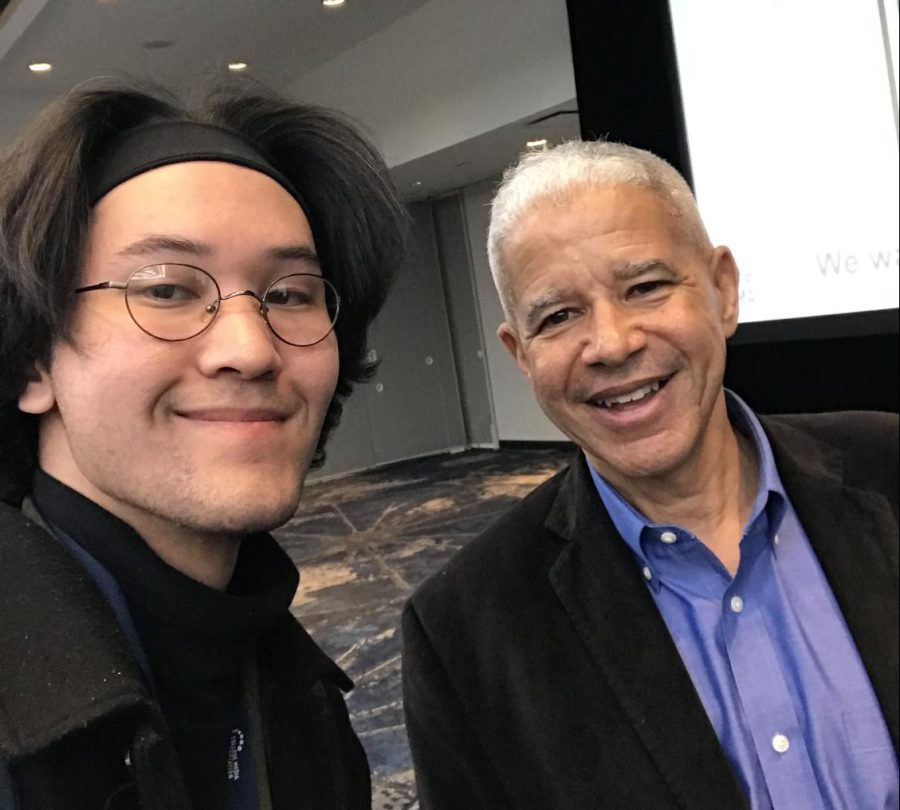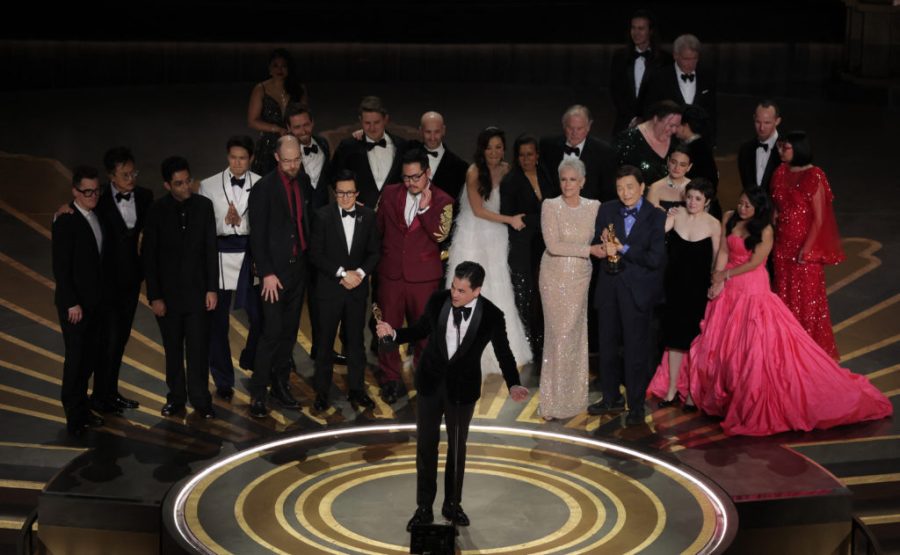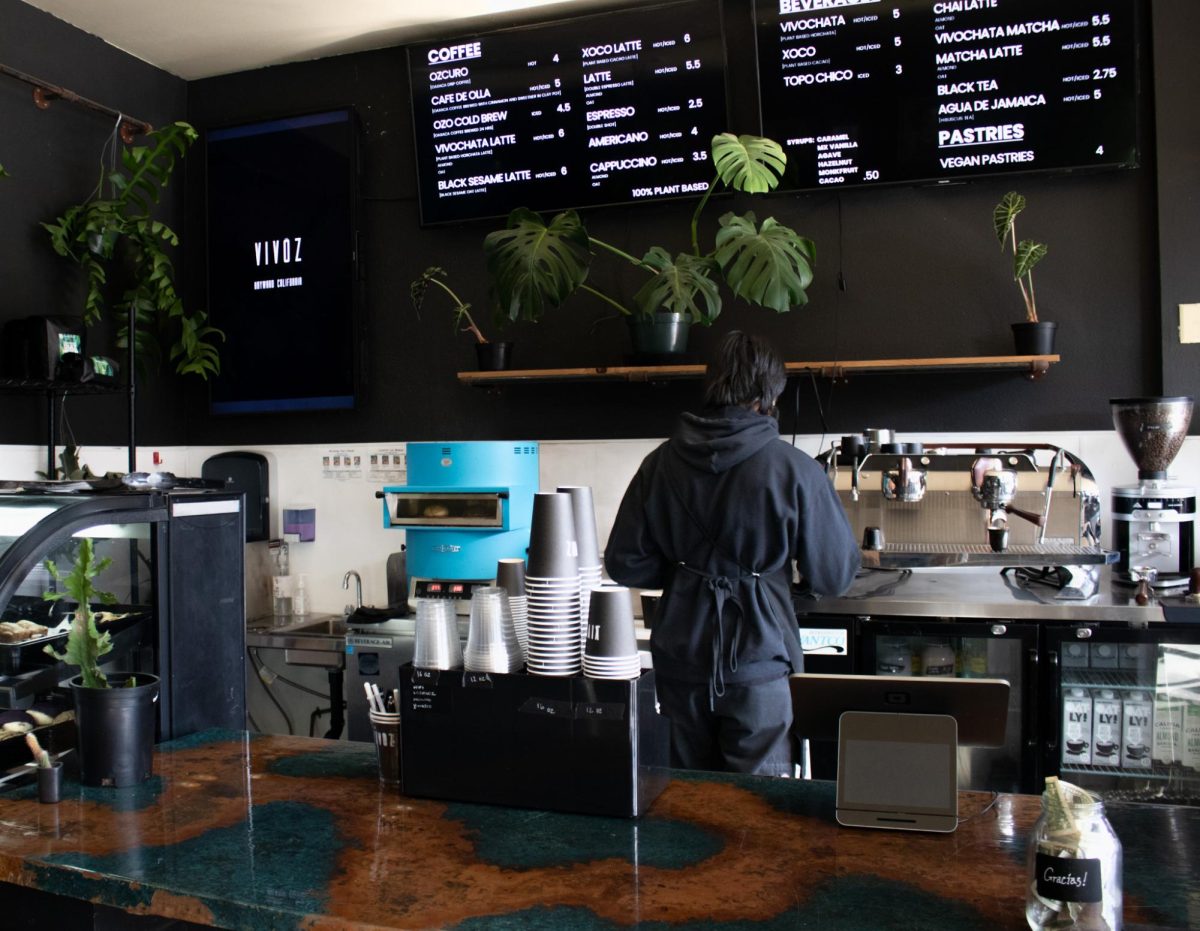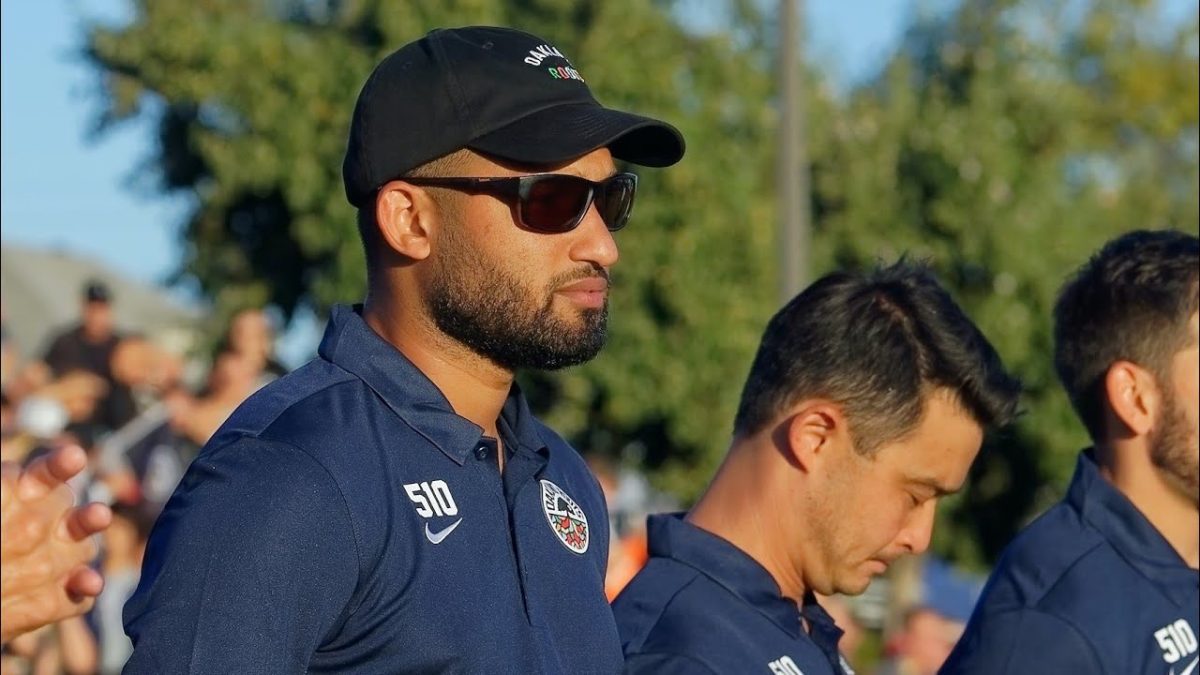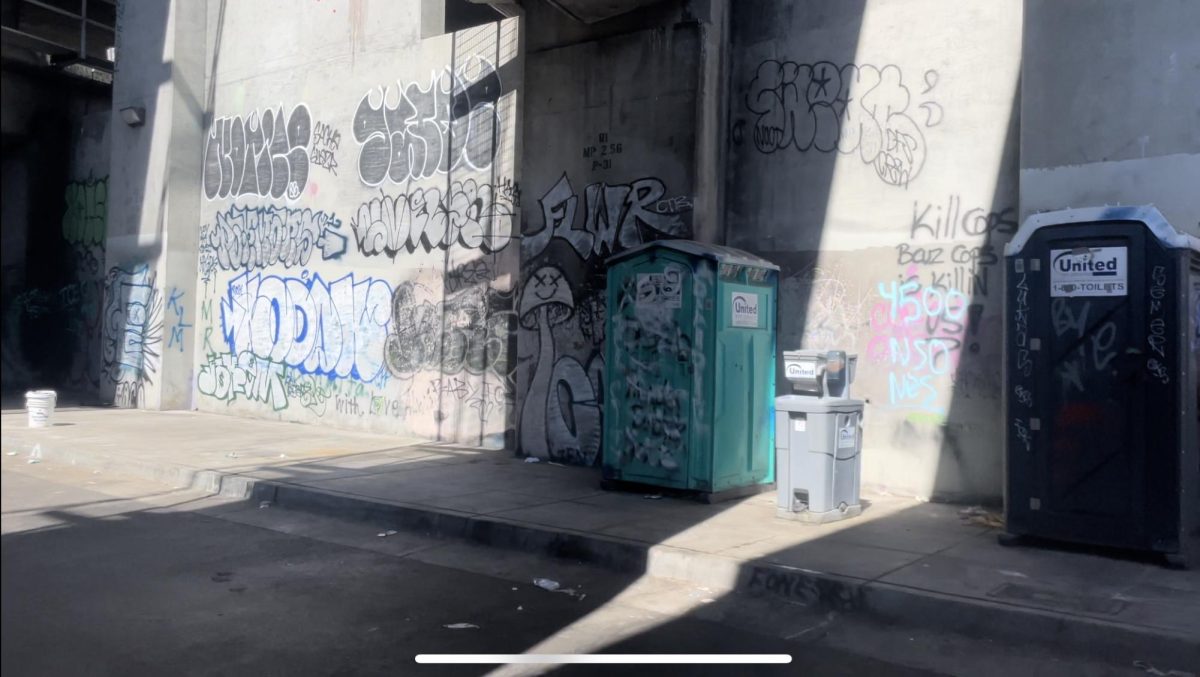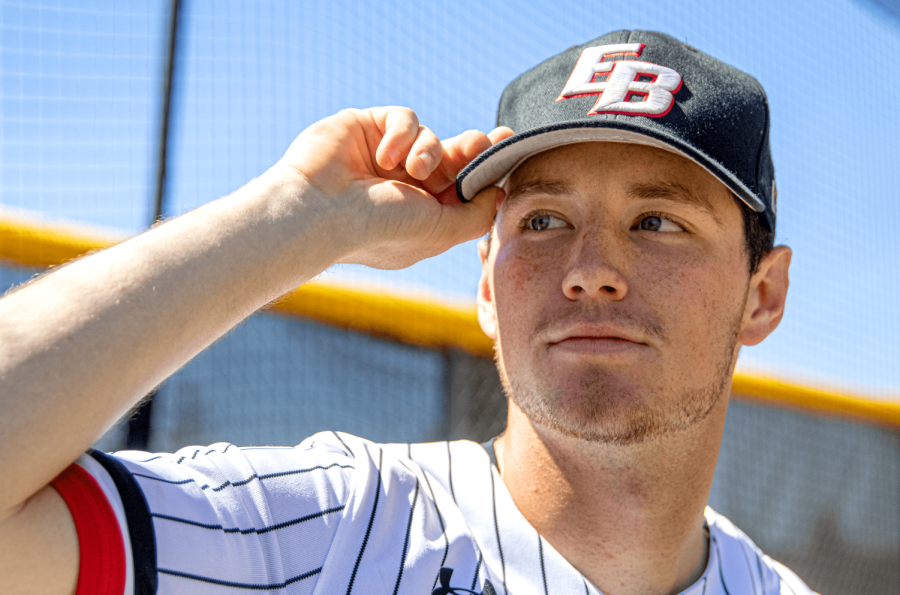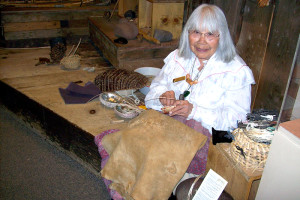
The serene sound of waterfalls can be heard nearby, as four generations of Parker women stroll through the tall grass to their own special spot in Yosemite Valley. Their destination depends on their preference of plant for their internationally famous hand woven baskets.
That day, they planned on picking willow and redbud, a tree of the pea family with pink flowers, for their next basket project. Julia Parker, the eldest, teaches the younger generations everything she knows about her unique skill.
“I taught my daughter Lucy, who is named after her grandmother, my granddaughter Ursula, and my great granddaughter Naomi. So they are all learning about baskets and they are practicing baskets in their own way,” said Parker. “See, we all come from different generations. I’m more tuned into the eldest rules about baskets, as they are too. But the next generation has a little different feelings about baskets and it goes on like that.”
Before picking the willow, Parker asks for permission from the plant. She showed her family how to pray, honor and respect the plants just like her elders taught her.
“You take from the earth with a ‘please’ and give back to the earth with a ‘thank you,’” said Parker. “Be really respectful to these plants because they are the masters, and we are just the tools to put these nice beautiful twigs together to make a container.”
At the age of 84, Parker is the oldest and longest tenured employee at Yosemite National Park. She explains her baskets have received national and global attention, however she feels these basket makers are not getting the praise they deserve.
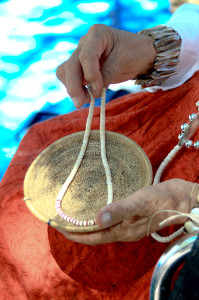 “Native American women aren’t really recognized, especially this older generation, for the skill that they had fitting these baskets together,” said Parker.
“Native American women aren’t really recognized, especially this older generation, for the skill that they had fitting these baskets together,” said Parker.
Parker moved to Yosemite at the age of 17 and quickly began learning the craft of basket weaving from her husband’s grandmother and premier basket weaver, Lucy Telles. She explains she spent countless hours and days studying Telles and the art of basket weaving.
“I always felt that in order for me to be a complete weaver, I had to learn about the fibers and where they came from,” said Parker. “I spent that first year, it took me a whole year to make that basket, but then during that time I had time to go and get the willows at the right time. Then, I had time to split them and wait a year and then put them in the basket.”
Parker explains the patient process it takes to build one of her now world famous baskets.
“The roots come from along the river’s edge and we have to dig for those and clean those out,” said Parker, who has her own preferences when it comes to materials for her baskets. “I use grasses. We have a nice variety of tall grasses that can be used in our baskets. They are all water plants.”
Born on March 8, 1929 in Marin, Parker is the oldest of four siblings. She found herself suddenly orphaned at a young age and living in a foster home.
“Not an Indian foster home, a first generation German lady took us in,” said Parker. “After that, when she couldn’t take care of us anymore, they found us an Indian school in Carson City, where they could house my little sister at the age of 5 all the way up to me at the campus there.”
It was in that school where she met her future husband, Ralph Parker, to whom she is still married.
“I met Mr. Parker there at the school and we became good friends and then after we graduated … he brought me back to Yosemite,” said Parker. “So then we were joined together down by the river and that’s been my home for all these years.”
Parker still gets up every morning, catches the bus and comes to work at the museum as a storyteller and teacher.
“I’m not sure when I’m going to retire, but even after I retire I will still continue to weave baskets and donate my time to different museums,” said Parker.
Parker says she loves everything about Yosemite Valley; the gorgeous, towering rock formations, the row after row of evergreen trees that climb into the sky. But she has a special place in her heart for one of Yosemite’s most unique aspects.
“One of my first sounds as I entered the valley was water flowing. I love the water and the waterfalls. I am a water person,” said Parker. “The water that comes down off of those mountains is tremendous and where it goes is another story.”
Parker’s baskets can be seen in the Smithsonian Institution in Washington D.C., as well as in Oslo, Norway, and private collections around the globe.
“I would have to say presenting the basket to the Queen has to be at the top, when it comes to basket weaving,” noted Parker as her greatest achievement.
When it came to making a basket for Queen Elizabeth II, she thought hard and long about what kind of basket would be best for the foreign dignitary.
“I couldn’t make her a cone shaped basket to gather food, because she doesn’t do that,” explained Parker about her decision. “I couldn’t make a big cooking basket because she doesn’t do that either. Of course, I couldn’t make a baby crib because we are about the same age. So I had to think about what kind, so I was like, ‘Oh I know, I will make a gift basket.’”
The basket took Parker more than a year to gather and make, taking extra care to get it right. The basket had an oblong shape, with white roots that were highlighted by redbud.
Parker believes these Native American baskets serve a whole variety of purposes. The first purpose is often utilitarian use, such as carrying things and cooking in baskets. The next is making small baskets for the little children to play with; another purpose would be baskets for competitions.
The final purpose for these baskets is for their art value. When it comes to all the art around the globe, Parker claims these baskets are second to none.
“I firmly believe that this is the finest of all art that has been made in all the world,” said Parker. “Because with paintings, you drop it in water and it fades away. With a pot, if it drops its broken but our baskets will live on forever.”





